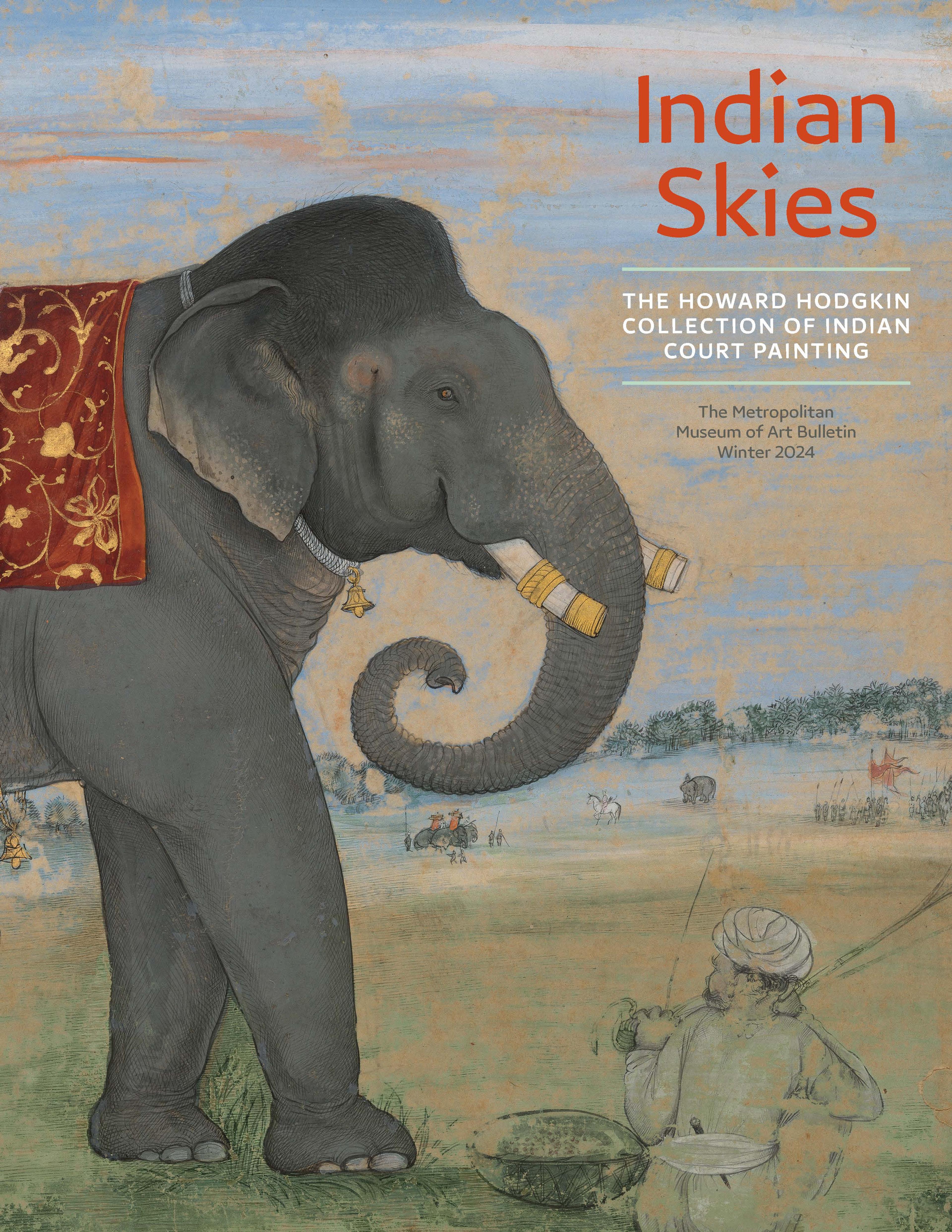Krishna Dances on the Head of Kaliya; Illustration to the Harivamsa (Story of Hari)
Krishna in gold crown and yellow dhoti and scarf is shown here playing his flute in triumph as he pummels the multi-headed serpent king Kaliya into submission with his dancing feet, having jumped down upon him from the Kadamba tree. Krishna’s brother, the pale skinned Balarama turns to Krishna’s astonished foster parents to indicate his victory. The Harivamsa (Story of Hari), to which this is an illustration, is one of several Hindu epics and mythological translated from Sanskrit to Persian for the emperor Akbar, and exquisitely illustrated by his leading artists
Artwork Details
- Title:Krishna Dances on the Head of Kaliya; Illustration to the Harivamsa (Story of Hari)
- Date:ca. 1590–95
- Geography:Country of Origin India
- Medium:Opaque color and gold on paper
- Dimensions:Image: Ht. 11 7/16 in. (29 cm)
W. 12 11/16 in. (32.2 cm)
Frame: Ht. 21 3/4 in. (55.2 cm)
W. 16 3/4 in. (42.5 cm)
D. 1 1/4 in. (3.2 cm) - Classification:Codices
- Credit Line:Howard Hodgkin Collection, Purchase, Florence and Herbert Irving Acquisitions, Harris Brisbane Dick, and 2020 Benefit Funds; Howard S. and Nancy Marks, Lila Acheson Wallace, and Friends of Islamic Art Gifts; Louis V. Bell, Harris Brisbane Dick, Fletcher, and Rogers Funds and Joseph Pulitzer Bequest; and funds from various donors, 2022
- Object Number:2022.175
- Curatorial Department: Islamic Art
More Artwork
Research Resources
The Met provides unparalleled resources for research and welcomes an international community of students and scholars. The Met's Open Access API is where creators and researchers can connect to the The Met collection. Open Access data and public domain images are available for unrestricted commercial and noncommercial use without permission or fee.
To request images under copyright and other restrictions, please use this Image Request form.
Feedback
We continue to research and examine historical and cultural context for objects in The Met collection. If you have comments or questions about this object record, please contact us using the form below. The Museum looks forward to receiving your comments.
